P50 KELTEC
Original price was: $715.00.$580.50Current price is: $580.50.
Offer Ends In:
KELTEC P50TM
Features
Covert / Capable / Provocative
Adaptable
Picatinny-style rails and QD mounts offer plenty of real estate for accessories to meet the needs of the job at hand.
Dynamic
Don’t let the small size fool you. This little pistol is a tack driver. The 5.7 cartridge comes in several variants from sporting to hunting to serious personal defense. Protective details around the world utilize its efficiency while sport shooters and hunters love the cartridge for its accuracy and distance capabilities.
Firepower
We would be remiss if we didn’t mention the firepower this pistol offers. The P50 platform is based around a 50 round, double stack magazine which lays horizontally along the top of the grip.
5.7 x 28mm
3.2lbs
1.43kg
50
15″
380mm
9.6″
244mm
1/2-28 TPI
6.7″
170mm
2″
50mm
5lbs
22N
It doesn’t come with a white Ferrari and salmon blazer, however it does come with some other amazing features including two 50-round magazines. This 5.7 chambered handgun is sure to gather props from your buddies and range rats alike.
Gift 1 Ammo Box – 100 rnds/Round
- Description
- Reviews (0)
Description
P50 KELTEC
When I heard P50 KELTEC was coming out with a pistol chambered in 5.7x28mm, I assumed it would be a traditional type, perhaps something reminiscent of the company’s CP33 or PMR30 and meant to compete with the Ruger-57. Instead, the engineers at KelTec said, “Tradition? Ha! Hold my beer and watch this!”
And I mean that in the absolute best, positive, you can’t tell me what to do, take this job and shove it, I’ll see your tax and raise you a Boston Tea Party, 100-percent American independent spirit. In construction and design, the KelTec P50 breaks just about every rule, including a few you probably didn’t know existed.
It is a semiauto, but top ejecting with a top-break design. It is not just chambered in the unsual bottlenecked PDW cartridge but fed by the weird 50-round magazine of that PDW, which runs horizontally through the middle of the gun like the vanilla stripe in Neapolitan ice cream.
If this gun isn’t appearing in sci-fi movies within months of its introduction, I’m going to lose a bet. It looks like RoboCop’s new sidearm. As soon as you’re done staring at the photos and wondering just what the hell you’re looking at, join me in the below paragraph and I’ll go over the specs of this one-of-a-kind firearm.
The P50 is a single-action, hammer-fired semiautomatic. It is 15 inches long and has a 9.6-inch barrel. The barrel is threaded 1/2×28 and comes with a thread protector. Unloaded, with an empty magazine in place, it weighs 3.2 pounds. Whether empty or fully loaded, the balance point of the pistol is in the center, making it comfortable to hold in two hands, but a bit muzzle heavy if you’re trying to hold it with just one.
The P50 is chambered in the small bottleneck 5.7x28mm cartridge invented by FN for their P90 PDW. More in a bit on the cartridge and the P90, but what separates the P50 from the other pistols chambered in this caliber is the fact that it is fed by those same iconic P50 KELTEC magazines. These translucent 50-round magazines are as unusual as anything you’re likely to see in the firearms world. They lie horizontally on the gun and the cartridges in them crosswise to the chamber. That disc you see at the end of the magazine contains a spiral ramp that rotates the rounds 90 degrees as they feed up, so they can then slide into the chamber. This may sound convoluted or unreliable, but in fact the select-fire P90 has proven very reliable over the past 30 years.
For most of its length, the P50 KELTEC is only 1.8 inches wide. The round end of the magazine is two inches wide, and the steel wings at the front of the gun that keep the magazine in place are 2.2-inches wide.
As I mentioned, the entire top half of the pistol breaks open for loading and unloading. The hinge is in the front, and the lever to separate the two is at the rear of the receiver, just above the web of your hand as you grip the gun. The lower receiver is polymer and contains the safety and fire control group. The upper and lower receiver mate very tightly, with no side-to-side movement.
The bilateral safety is at the rear of the lower receiver above the shooter’s thumb and pivots at the top. When back, pointing at the “0,” it is on “Safe.” Rotating it straight downward so that it points at the triangle symbol puts it on “Fire.” If the hammer isn’t cocked, you can’t engage the safety or close the receiver.
At the front end of the lower receiver is a 3-inch section of polymer rail to mount accessories. It is more than large enough for any light of your choosing. A hand stop might be a good idea or, depending on the brand/design, you might be able to fit an angled foregrip. However, as much as the P50 begs for a vertical foregrip, you can’t put one on. The BATFE has ruled that vertical foregrips on pistols are illegal. Like most federal guns laws, this goes against both the letter and the spirit of the Second Amendment, but you don’t want to be the guy in cuffs arguing that in front of a federal judge.
The upper half of the pistol is steel and aluminum. The upper receiver, enclosing the action, is aluminum. It sports a 8.5-inch rail along the top for mounting optics and has a number of cooling holes in it for that “ventilated shroud” look. Most ventilated shrouds (like the type seen on shotguns and old-school SMGs) are stamped steel, but those holes and the top rail are all one piece of CNC-machined aluminum on this gun. And that one piece is directly connected to the fixed barrel, so you don’t have to worry about losing your zero every time you break open the pistol to reload.
If you look close, you might see that the pistol is supplied with sights. They are small and do not project above the rail, but they’re there — a steel post front and a small notch rear just forward of the charging handle. The rear sight is adjustable for windage via a small screw. The front sight post is adjustable for elevation with a flat-head screwdriver. They’re so small I consider them emergency sights and assume everyone is going to mount a red dot to the rail of the P50.
This pistol does not have a traditional slide. The upper receiver remains stationary, and the bolt moves back and forth inside it. To chamber a round, you use the charging handle at the back of the gun. Its location, shape and function should be familiar to anyone who has used an AR-15.
The ejection port is at the top of the receiver, just behind the rail. There is a spring-powered pin-type ejector located at the bottom of the bolt face, which sends empty cases out the top of the gun. Empties fly up and to the right, and fast enough that you won’t notice them while shooting. The bolt will not lock back on an empty magazine, but the same is true of the original FN P90. The design of the magazine doesn’t allow it.
Inside the upper receiver is a small T-shaped bolt. It is connected via two operating rods and two buffer tubes to the bolt rod mount at the front of the receiver, which encloses the barrel. With every shot, the bolt moves rearward, as does the bolt rod mount, compressing the dual recoil springs. To me, this is somewhat reminiscent of the FN P90, which also has two piston-type recoil springs and a square breech block not unlike the P50’s internals. Bolt movement is very smooth.
After experimenting with the pistol, I found the best way to reload it isn’t to put the fresh magazine on the bottom half and then lower the top down onto it, but rather the reverse. See those spring steel wings on either side of the pistol near the muzzle? They keep the front of the magazine from moving side to side. They still hold onto it when the pistol is broken open. Stick the end of a fresh magazine between them, rotate it upward until it mates with the upper receiver, and then, while holding onto the sides of the magazine with your fingertips, close the two halves of the gun. Of course, that’s exactly how KelTec recommends loading the pistol in the manual. The more rounds in the magazine, the more force will be needed to latch the receivers together.
Now let’s talk about the cartridge, and a bit about the FN P90 PDW. PDW stands for “personal defense weapon.” A PDW is meant to be smaller and lighter than a rifle or carbine while being more powerful and easier to aim/shoot at distance than a handgun. On the military side, they’re meant to provide better-than-pistol firepower to troops not on the front lines but who may need something that is small and convenient to have nearby.
One other function of many modern PDWs is the ability to defeat armor. Perhaps the neatest-looking PDW is FN’s P90, which is chambered in the 5.7x28mm catridge they introduced along with this firearm. This small bottleneck cartridge and its original hard-cored bullet (not available commercially) was specifically intended to defeat intermediate barriers like soft body armor, just like the 4.6x30mm cartridge of HK’s MP7 PDW, something the 9mm generally will not do.
The 5.7x28mm cartridge has a bottleneck design, which is uncommon when it comes to pistol cartridges. Think of it as a scaled down .223 Remington and you’ll have a good idea of both its looks and performance.
The P90 has a 10.4-inch barrel, just a tad longer than the 9.6-inch tube on the P90, so you’ll see similar numbers to the published velocities. Commercial 5.7x28mm loads offer bullets between 27 and 40 grains in weight, running between 2,100 to 2,300 fps out of this barrel. You have your choice of FMJ, hollowpoints and polymer-tipped expanding bullets. Those numbers work just fine for small game hunting/pest eradication. As for other uses, the 5.7 cartridge was originally designed as an antipersonnel round, and in that role it has proven itself in a few incidents. It is at least as effective as a traditional handgun round.
Your choice in 5.7 ammo is limited. Fiocchi is the biggest manufacturer of this caliber, producing it under their own name and also for FN. One reason why not many companies make 5.7x28mm ammo is because the cases need to be lightly lubed at the factory. You might not notice it on your fingers unless you handle a lot of rounds, but that lubing helps prevent those small bottleneck cases from getting stuck in the chamber. Many ammunition companies do not have the machinery required for this additional process. When it was just the FN Five-seveN pistol on the commercial market, it didn’t make sense for anybody not already making 5.7 ammo to jump into that game. But with the FN PS90 (a semiauto carbine version of the P90), the Ruger-57, a few companies offering ARs in 5.7 and now the KelTec P50, demand for this caliber is greatly increased. I wouldn’t be surprised to see more companies manufacturing this ammo within the next few years.
Gift 1 Ammo Box – 100 rnds/Round
Only logged in customers who have purchased this product may leave a review.


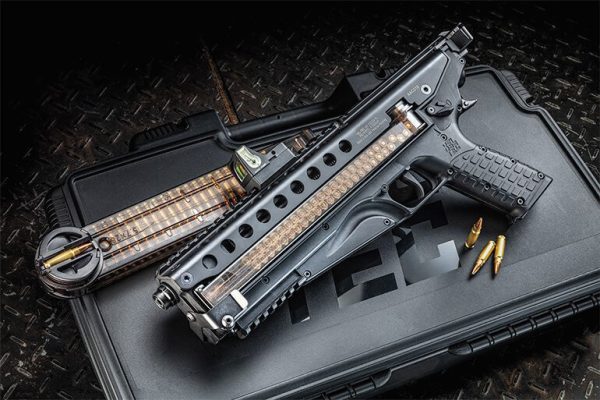
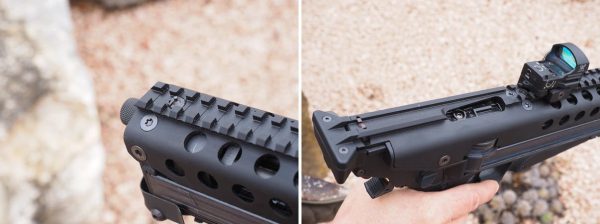
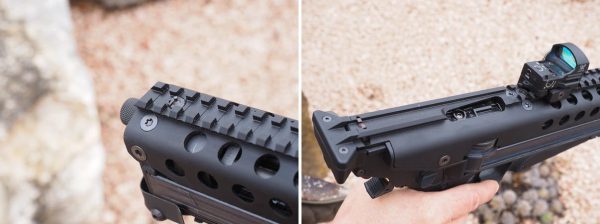
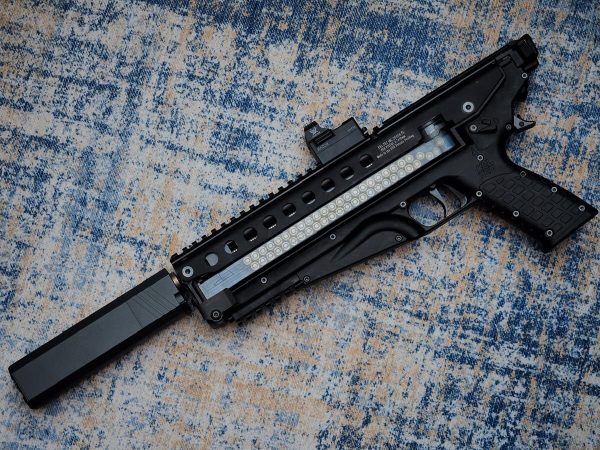
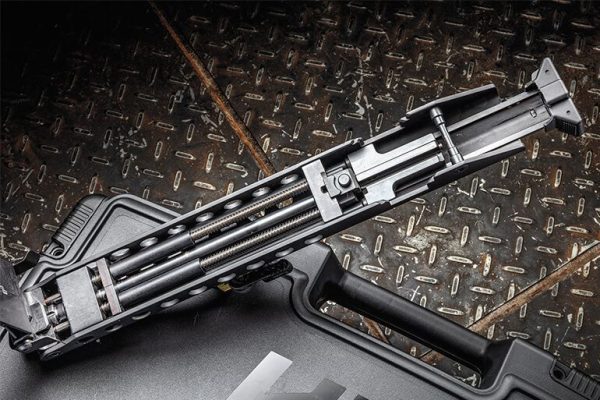
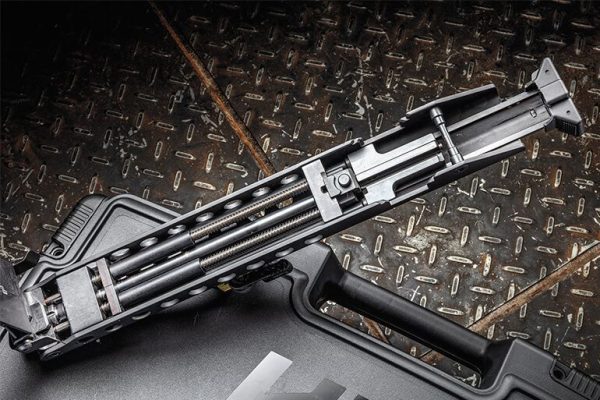
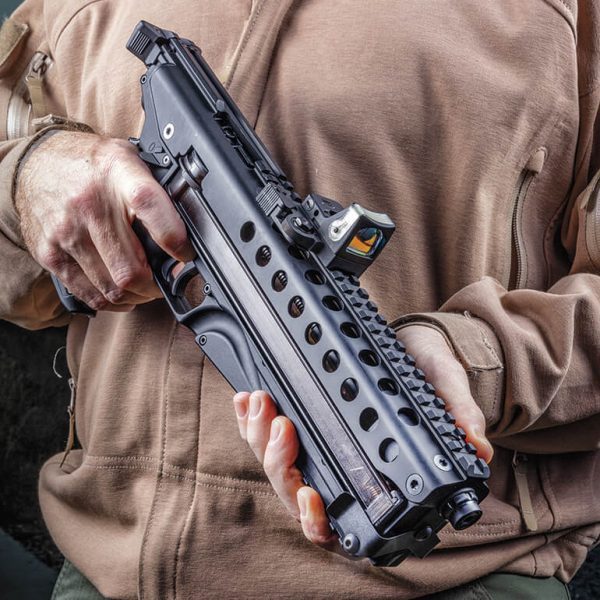
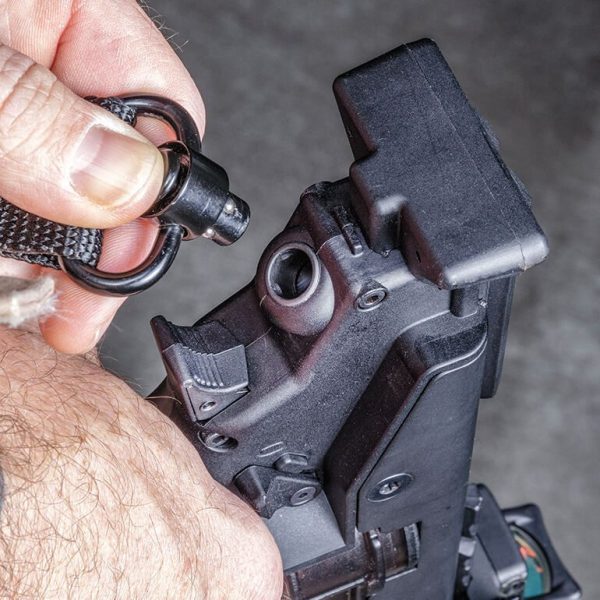
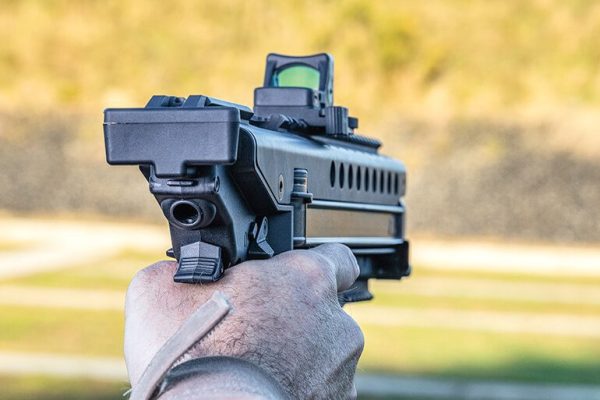
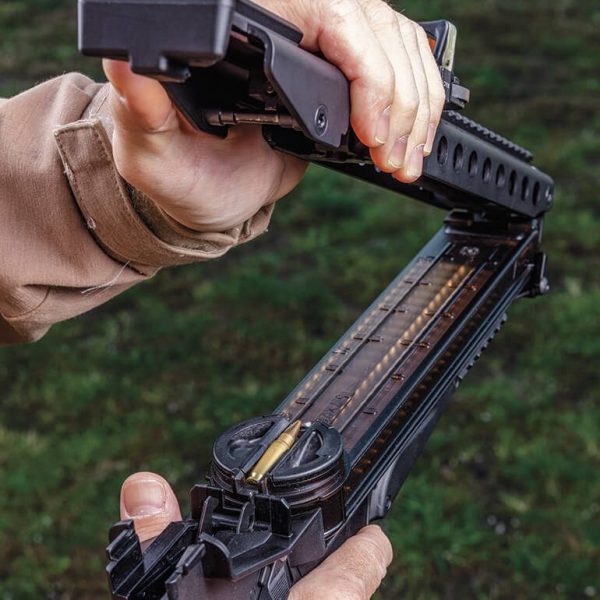
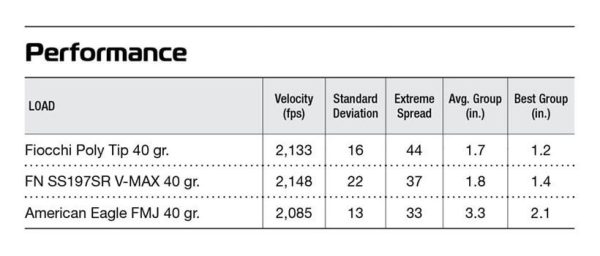
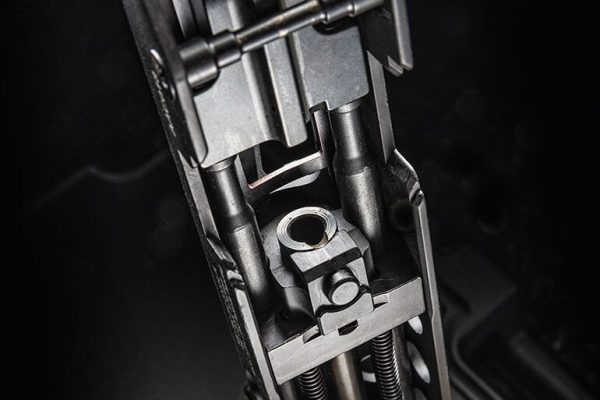
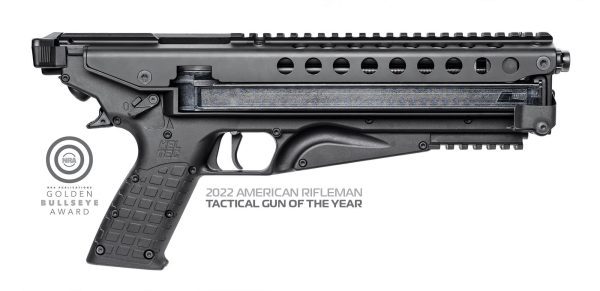
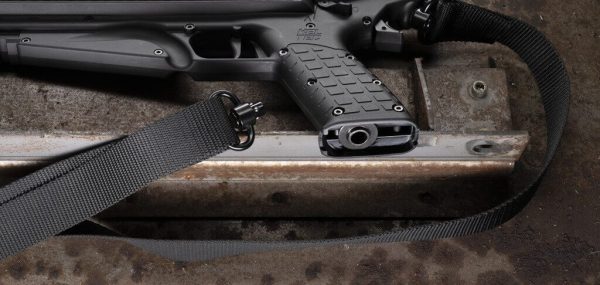
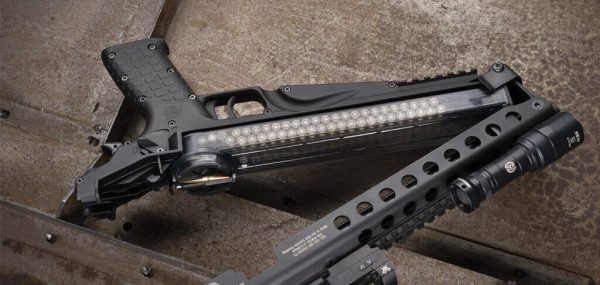
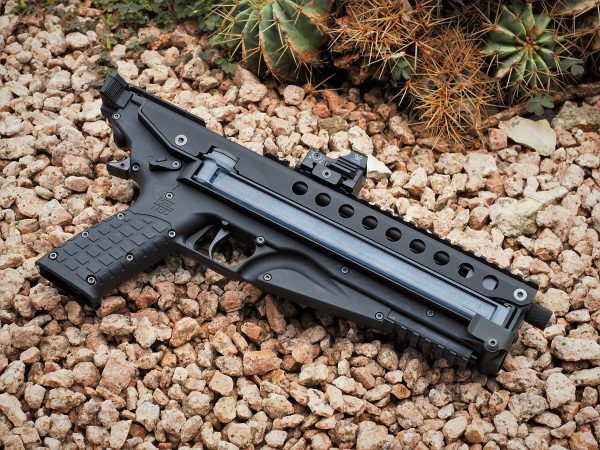
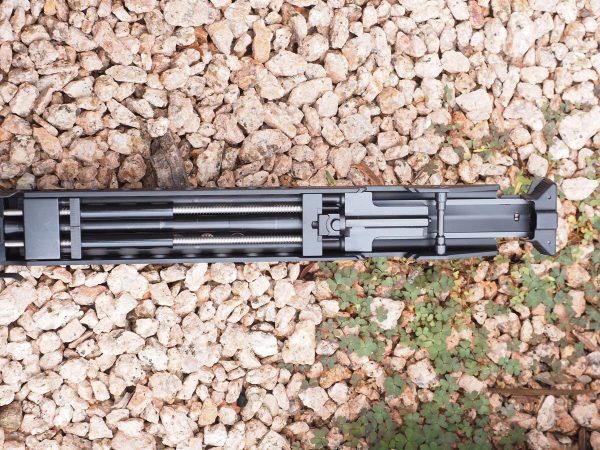
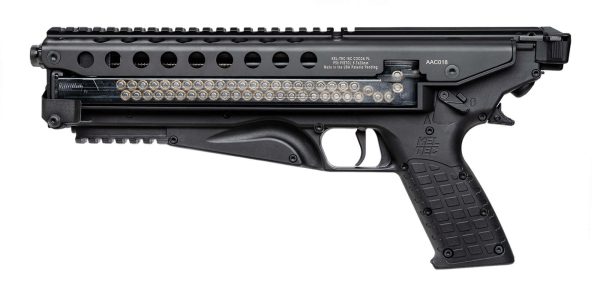
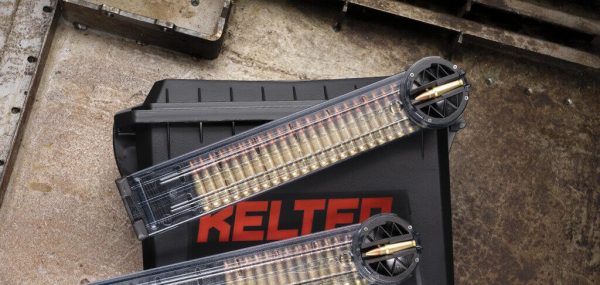
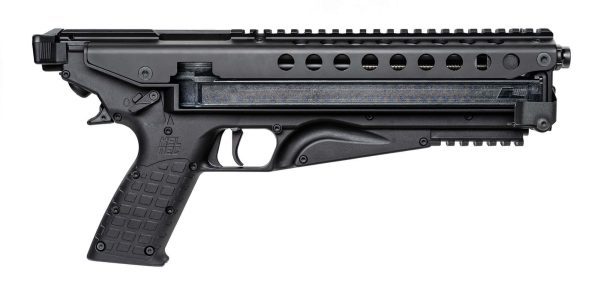
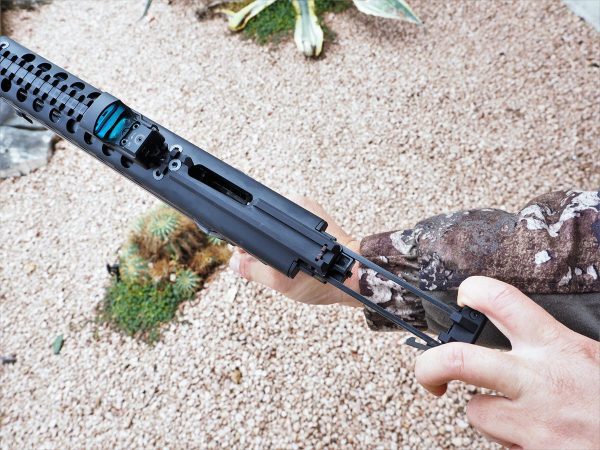
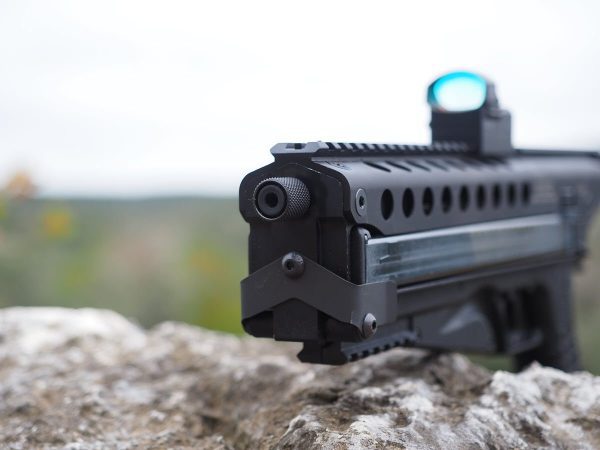
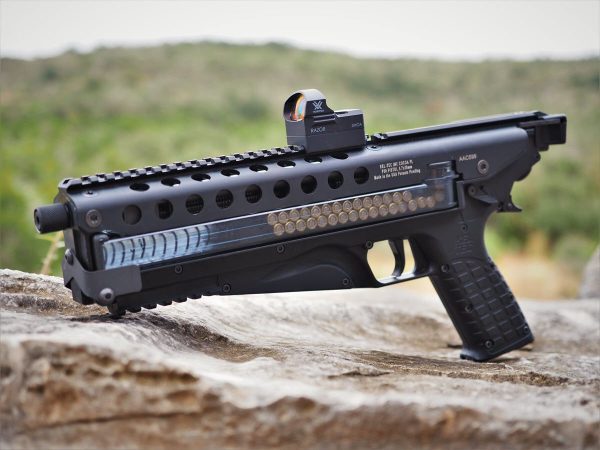
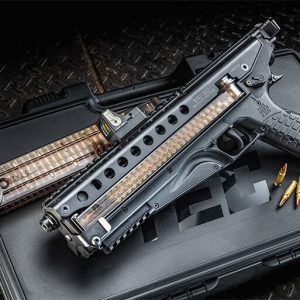
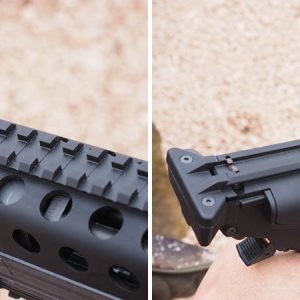
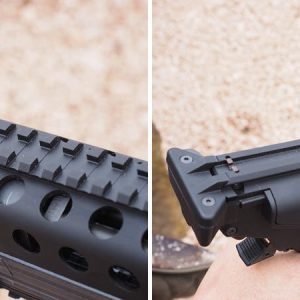
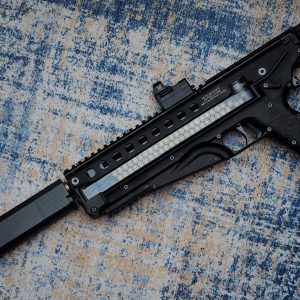
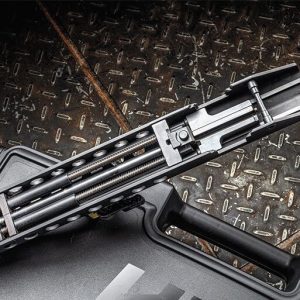
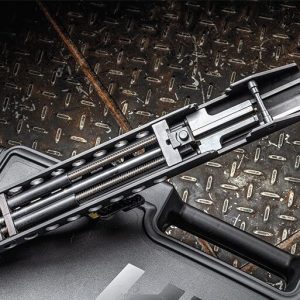
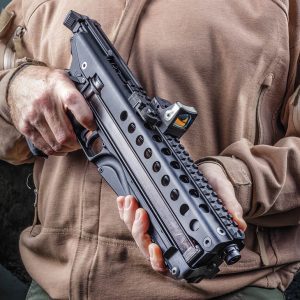
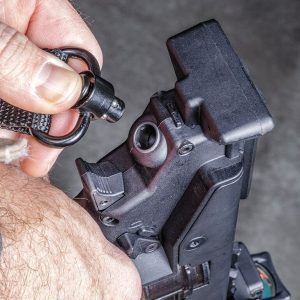
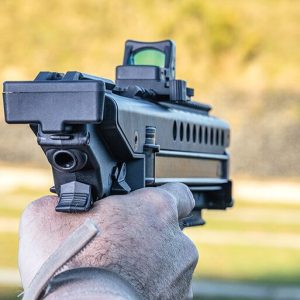
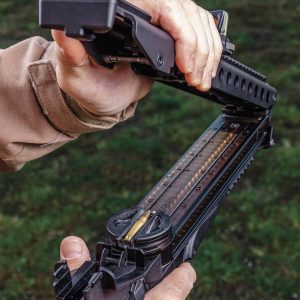
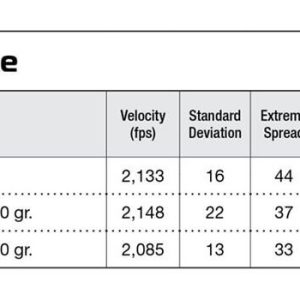
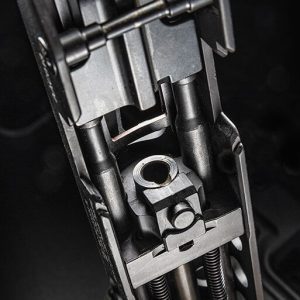
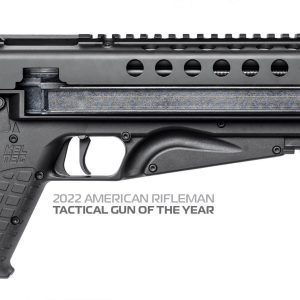
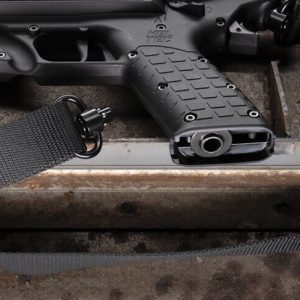
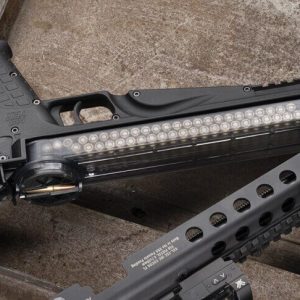
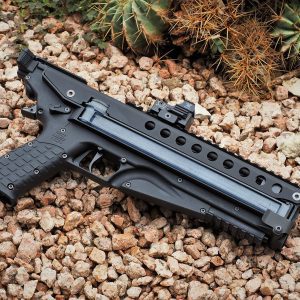
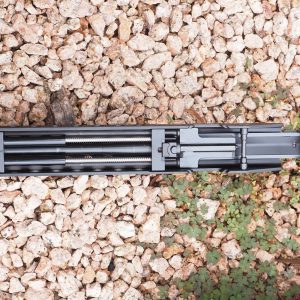
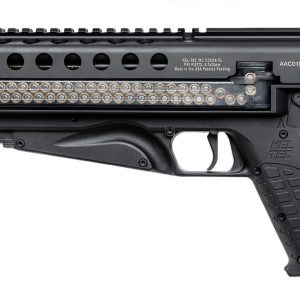
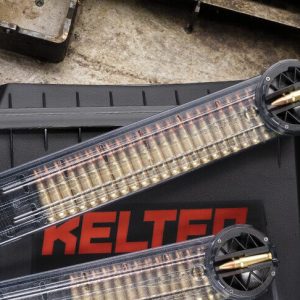
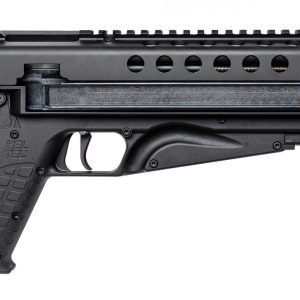
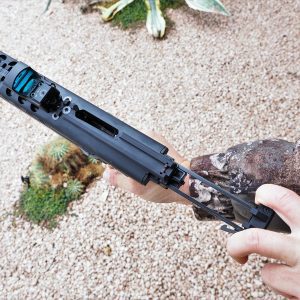
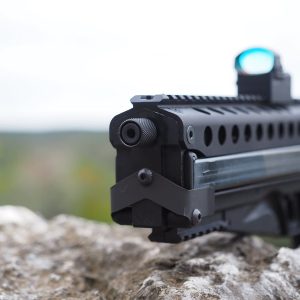
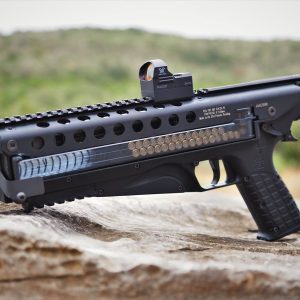
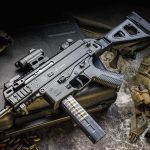
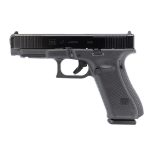
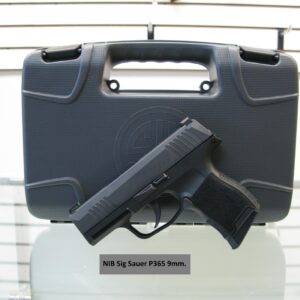
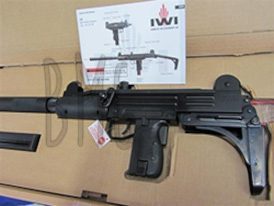
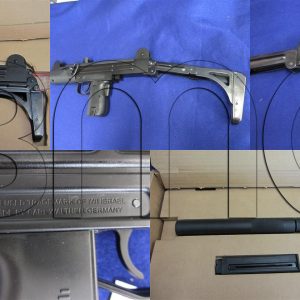
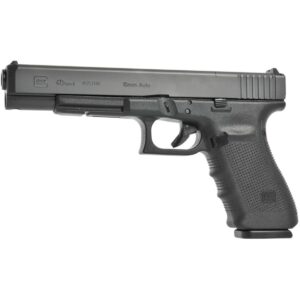
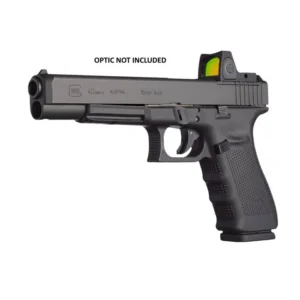
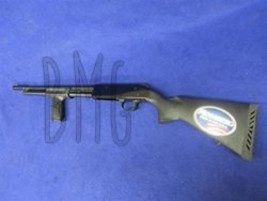
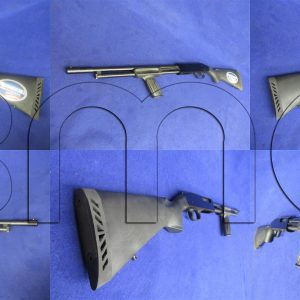
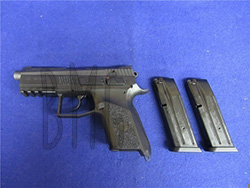
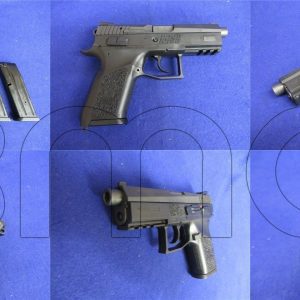
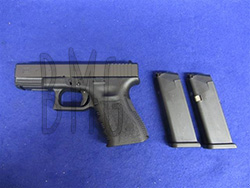
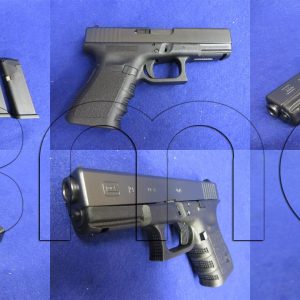
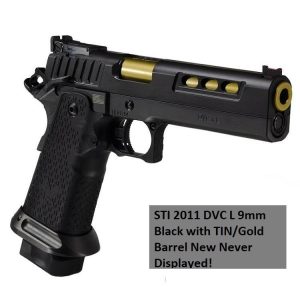

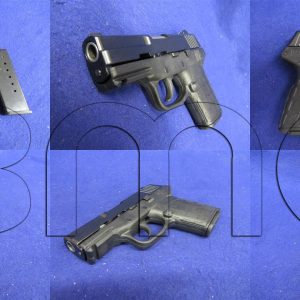
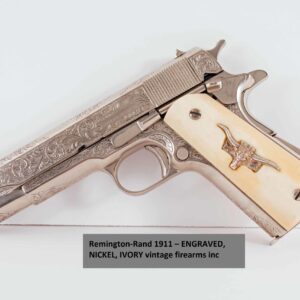
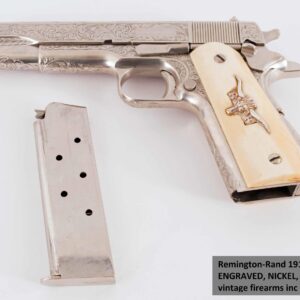
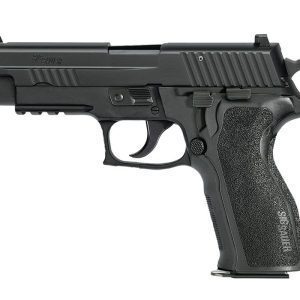
Reviews
There are no reviews yet.